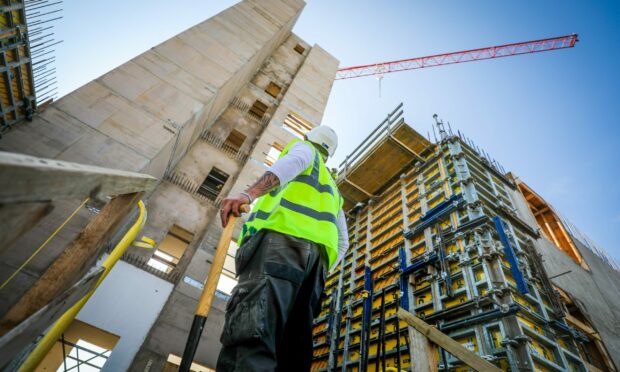Incinerator capacity could outstrip demand by 2026, a report commissioned by the Scottish Government has found.
Waste not sent to landfill or recycled is burned for energy at sites such as Baldovie in Dundee.
But doing this leads to harmful emissions, especially if that waste is plastic.
When taking into account the Scottish Government’s recycling and waste targets, capacity will exceed demand at sites that already exist or have planning permission in place.
Sites in the pipeline include Brockwell Energy’s incinerator east of Ballingry, which is expected to support 400 jobs in Fife.
Dr Colin Church, who authored the report, outlined 14 recommendations for the government over the future use of incinerators in Scotland.
The waste expert was asked to conduct an independent review of the use of incinerators after the Greens entered a coalition with the SNP.
What needs to change?
Key among the recommendations is that government ministers need to “rapidly” prevent the amount of recyclable material sent to incinerators for burning.
Colin also decried the lack of data around waste and recycling, making his task difficult.
Better record keeping was another recommendation.
The amount of waste burnt has tripled in the last 10 years, according to Sepa.
Should more incinerators be built in Scotland in the future?
Colin said all future planning permission applications for incinerators should be rejected in Scotland, unless there is an overriding reason to do so.
An example of this was if there was a geographical need.
Most incinerators are in the central belt, Tayside and Fife, meaning there may be a lack of facilities further north.
Colin said: “There’s a real question if more should be built.
“According to our modelling, there is going to be a residual waste of fuel, so what’s going to happen?
“But you can’t look at these things in isolation.
“If you change something in one area, it will have an impact elsewhere.”
An upcoming ban on landfill waste is likely to have an impact on demand.
The ban is likely to lead to more waste ending up at incinerators across Scotland in future.
But despite this, Colin’s findings suggest there will be too much capacity in about four years.
‘First step’
Environmental campaigners welcomed the report, but with caveats.
Kim Pratt, circular economy campaigner with Friends of the Earth Scotland, said the “alarming rise” in incinerator use needs to stop.
“Rapid action is needed to prevent the loss of valuable resources and stop the climate-wrecking emissions being caused by burning plastics.
“A ban on new incinerators is the first step in turning Scotland’s waste management system around, but it’s only half of the solution. The report makes it clear that more must be done to minimise waste and recycle as much as possible.”
Government ministers are expected to respond to the findings by June.











Conversation